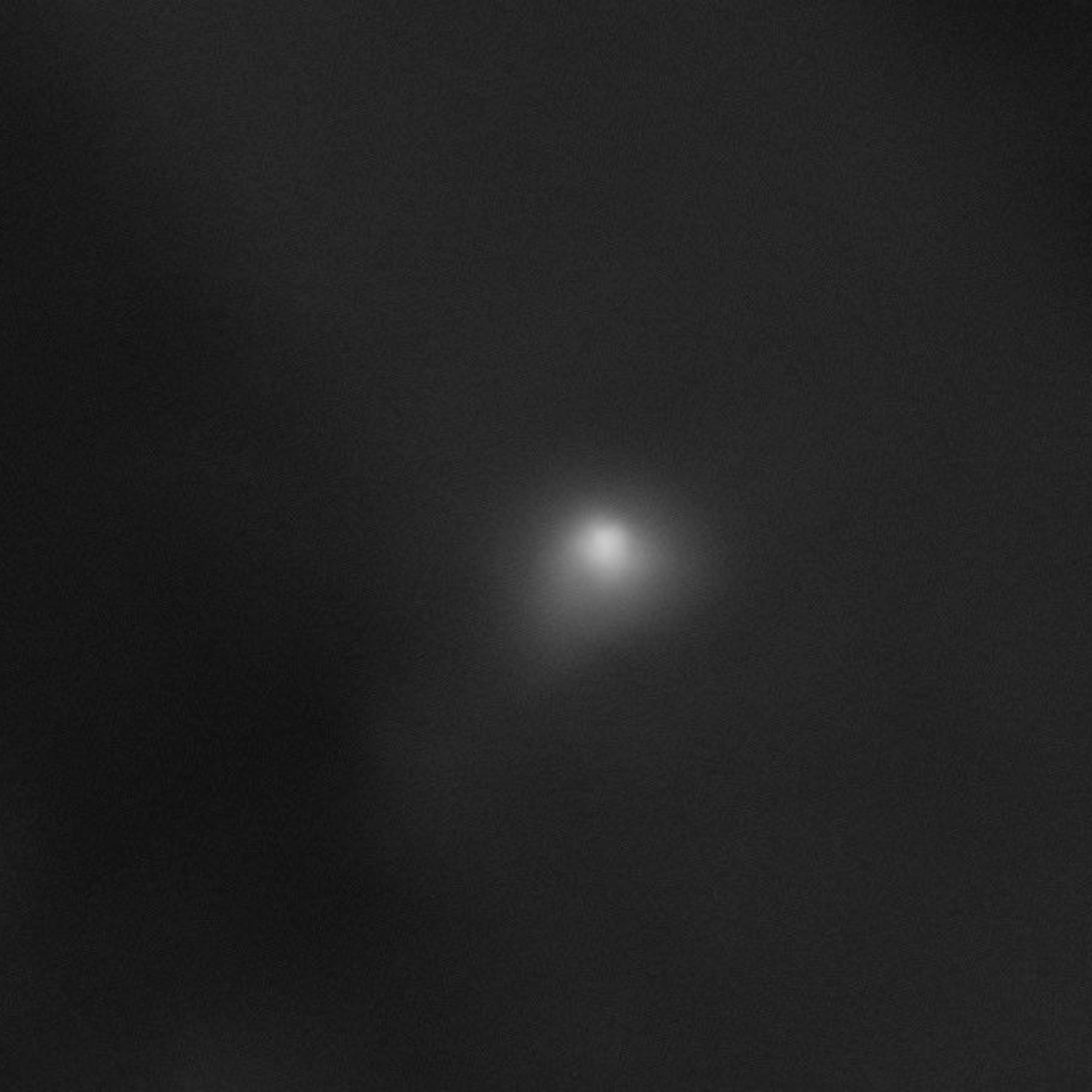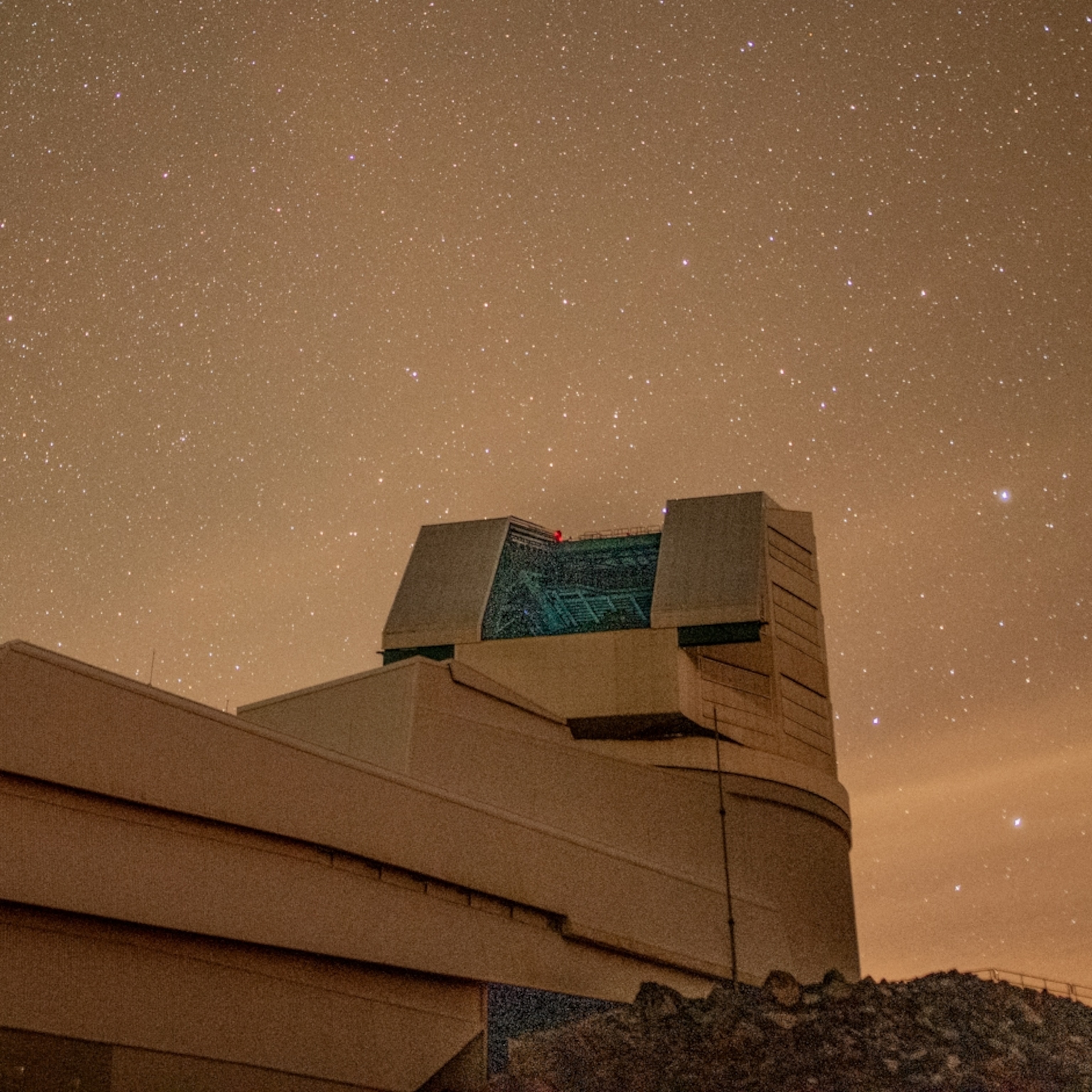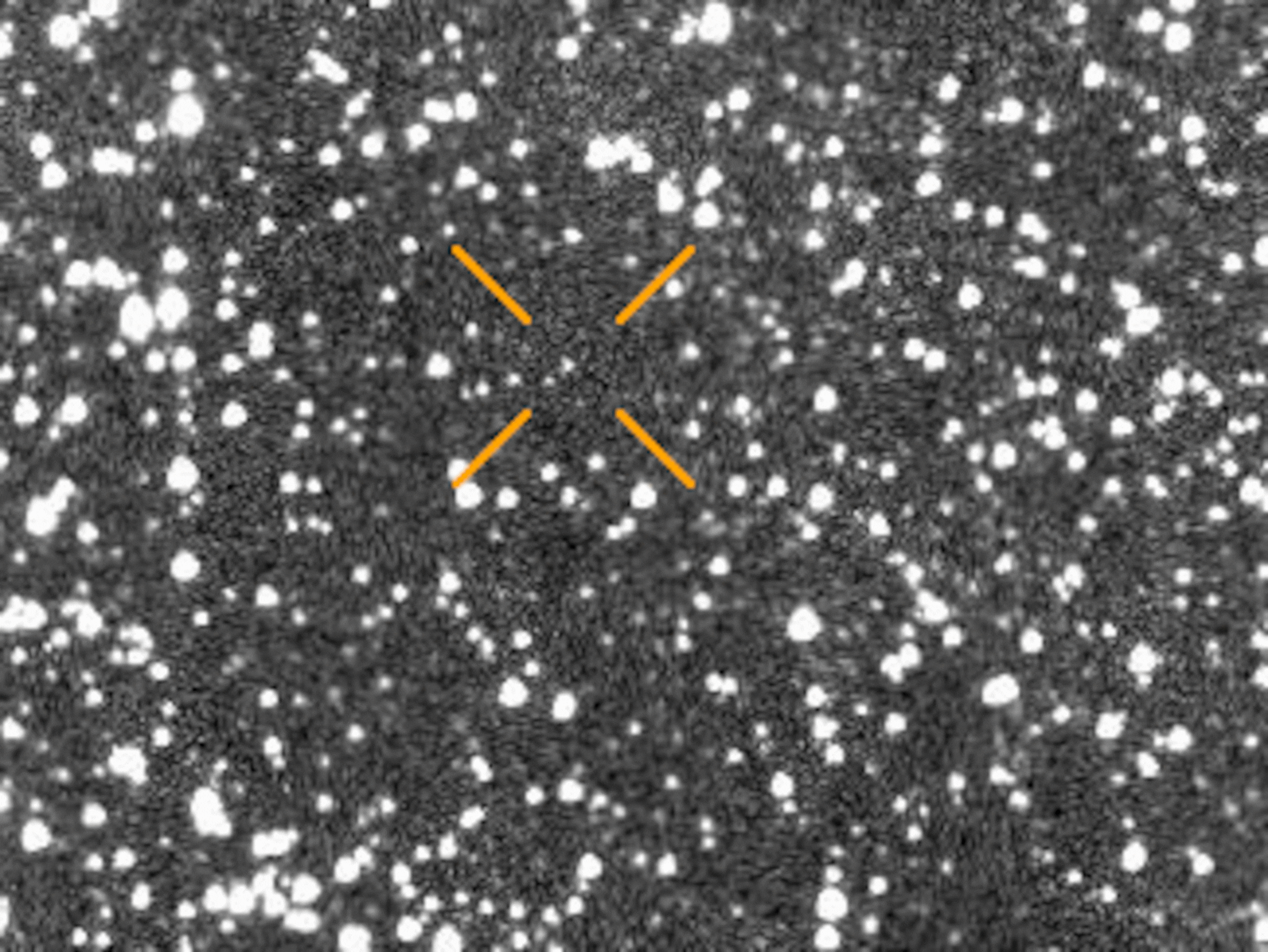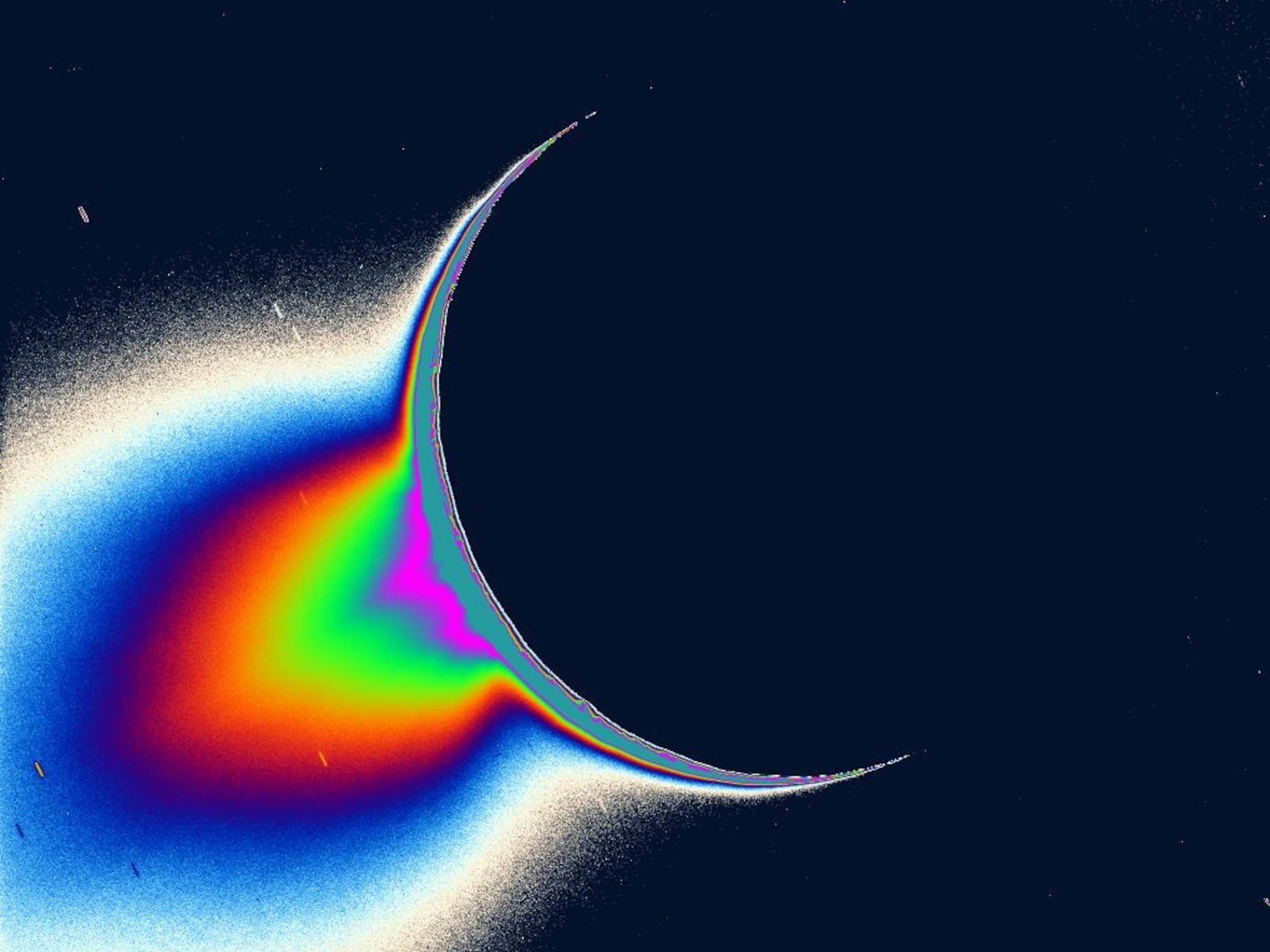
6 Amazing Discoveries From Rosetta's Epic Comet Encounter
The first spacecraft to orbit a comet just met a dramatic end. Find out what we’ve learned from the ambitious mission.
At 7:19 a.m. ET (11:19 a.m. GMT) on September 30, a robotic pioneer went from dust to dust: The European Space Agency intentionally crash-landed its Rosetta spacecraft, the first probe to orbit a comet.
Launched in March 2004, Rosetta arrived at Comet 67P/Churyumov-Gerasimenko on August 6, 2014, after a decade of zipping through the solar system. And for more than two years, the Rosetta orbiter and its Philae lander made good on the mission’s name, helping scientists decipher the makeup of comets—primeval balls of ice and dust that have preserved pristine material from the early solar system.
But like all good things, the Rosetta mission had to come to an end. Comet 67P made its closest approach to the sun on August 13, 2015, coming within 116 million miles—with Rosetta there to watch it all. Now the comet is swinging back out toward the orbit of Jupiter, and at ever farther distances, Rosetta’s solar panels would have struggled to produce the power necessary to keep the probe warm enough to survive.
The spacecraft was also feeling its age: In all, it weathered 12 years in the harsh conditions of space, and two of those years were spent snuggled up against a dusty, icy comet. But Rosetta didn't go gently into that good night. By intentionally crashing the probe into the surface, mission scientists hoped to get as many close-up images and chemical samples of Comet 67P as they can during its descent.
In its final moments, Rosetta beamed back as much data as it could as it careened toward the Ma’at region on the two-lobed comet’s “head.” The site contains active pits that spew out some of the comet’s dust jets, as well as lumpy structures called goosebumps, thought to be remains of the mini-comets that aggregated to form the larger body.
To honor Rosetta’s historic mission, take a look back at some of the probe’s most exciting achievements:
Orbiting a comet for the first time
Other spacecraft have flown by comets—the European Space Agency’s first deep-space mission sent a probe hurtling by Halley’s Comet in 1986. But in August 2014, Rosetta became the first to orbit a comet proper, settling into a gravitational embrace some 12.5 miles above Comet 67P’s surface by the end of September.
Landing on a comet for the first time (sort of)
On November 12, 2014, Rosetta let loose its Philae lander, which became the first spacecraft to perform a soft landing on a comet. But it didn’t exactly go to plan: Philae’s harpoon system didn’t work the first time it touched down, causing it to tumble for two hours before ultimately settling in a shadowy crack.

Philae was working at first, sending back data on the comet’s surface, but scientists struggled to pinpoint its exact position. Three days later, its batteries ran out of juice, and Philae went into hibernation, a sleep that mission scientists declared eternal in February 2016. Earlier this month, mission scientists at last found Philae using images from Rosetta.
Sniffing a comet—and relaying its stench back to Earth
When Philae landed on Comet 67P, scientists learned that the surface contained ammonia, hydrogen cyanide, and hydrogen sulfide, which together smell like pungent urine, almonds, and rotten eggs. That noxious but scientifically intriguing odor inspired a U.K. company to develop a limited-run perfume that approximated the aroma.
Detecting some of life’s ingredients in a comet
In 2014 and 2015, Rosetta spotted phosphorus and organic compounds such as glycine, the simplest amino acid, in the haze around Comet 67P. This discovery suggests that comets could have helped bring about life on Earth by seeding our planet with the necessary raw materials.
Watching a comet change during its closest approach to the sun
As Comet 67P neared the sun, Rosetta witnessed its color and brightness change. Between August and November 2014, the sun’s heat stripped away older surface material to expose fresh ices underneath. The comet’s brightness went up by a third, and it became gradually bluer. And on August 13, 2015, Rosetta got a front-row seat to Comet 67P’s closest approach, when the sun’s heat helped to trigger jets and outbursts of dust that streamed from the comet’s core.

Scientists have been debating for years whether early Earth was too hot to hold on to water from its formation, with one popular theory arguing that our oceans and aquifers were delivered by comets after the planet cooled. But Rosetta’s measurements of Comet 67P’s water ice show that it has much more deuterium—a heavy isotope of hydrogen—than the water in Earth’s oceans. This finding seems to rule out comets from beyond Neptune’s orbit as potential sources for Earth’s water, although there’s still a case for asteroids being Earth’s early water-bearers.
Revealing why Comet 67P is shaped like a rubber ducky
Comet 67P has two distinct, bulbous lobes, making it look surprisingly like a rubber duck. Data from Rosetta show that each lobe began life as an independent body, but billions of years ago, the two objects collided with each other and fused together to form the comet we see today.
Finding common ground between comets and Florida: sinkholes
Rosetta’s mapping of Comet 67P’s surface reveals steep-sided pits, some of which are 600 feet wide and 600 feet deep. It’s thought that the pits formed as gases accumulated inside the comet, weakening its internal structure enough to collapse its crust inward.








